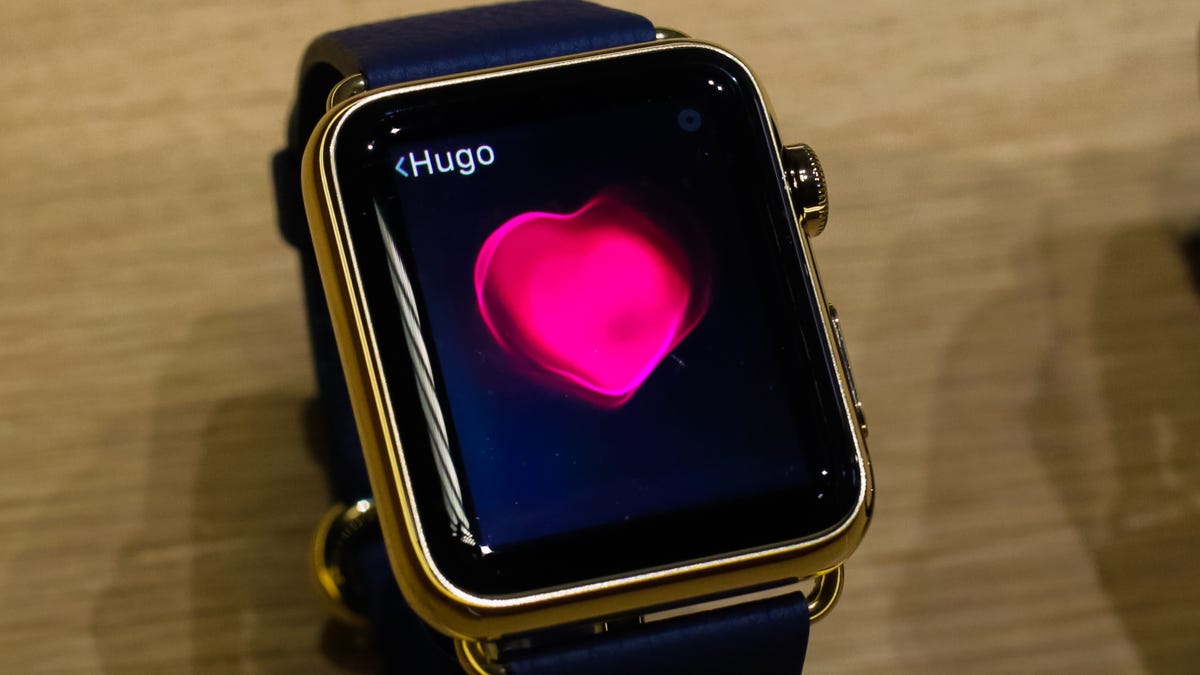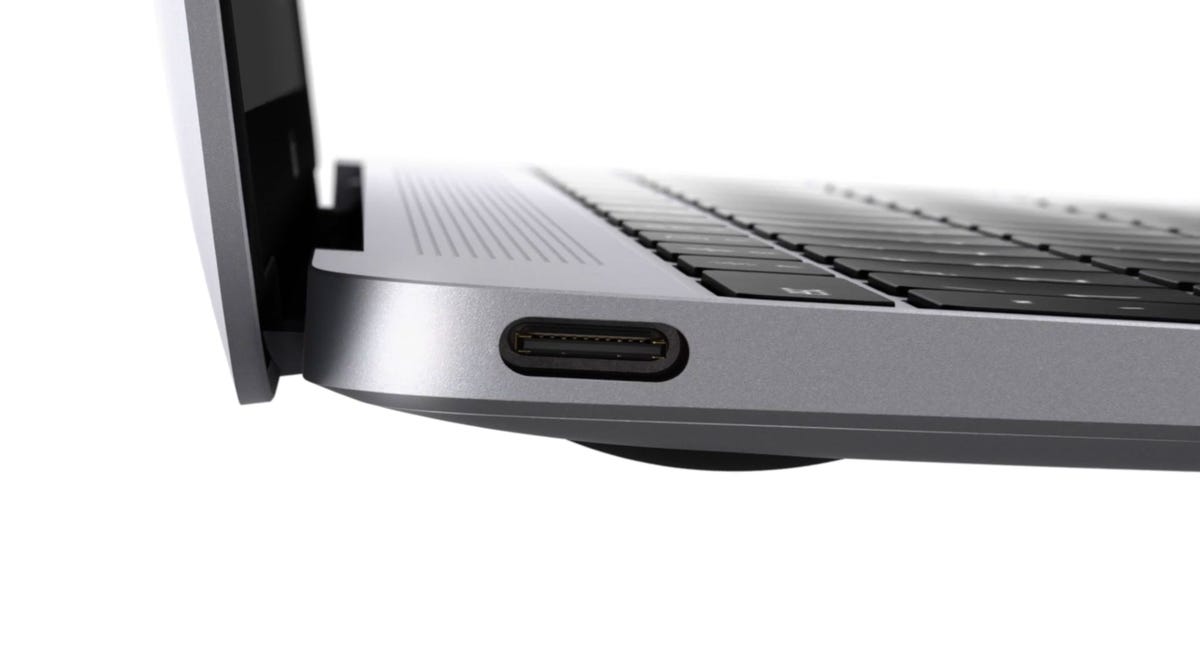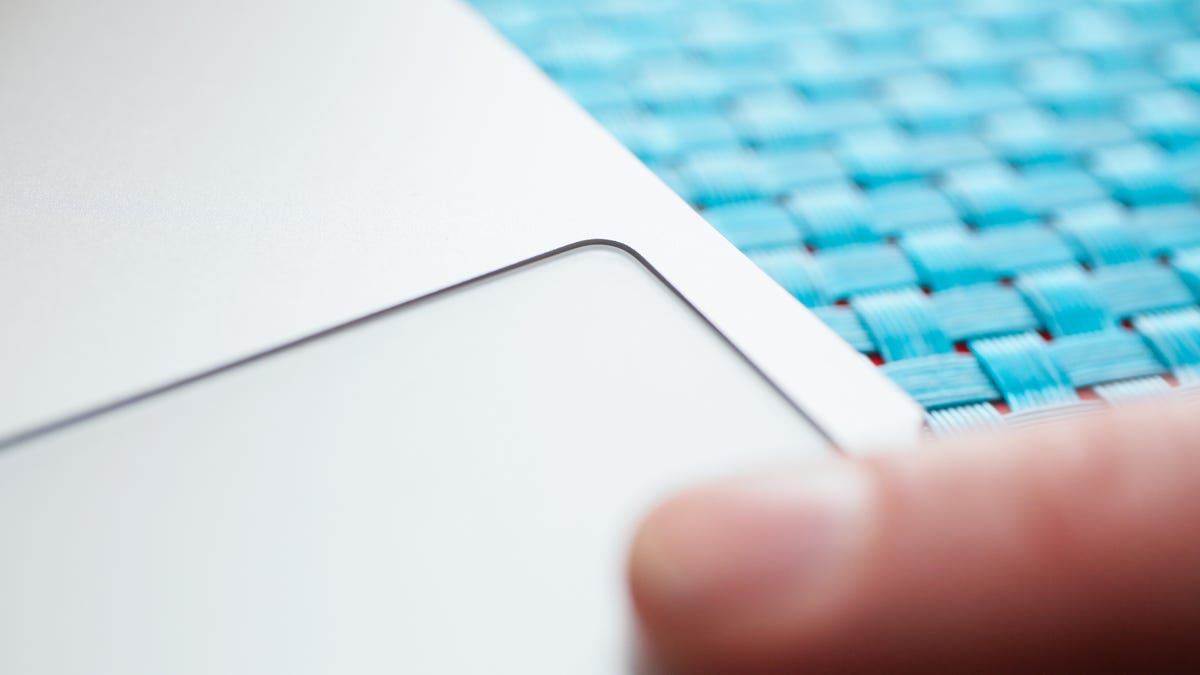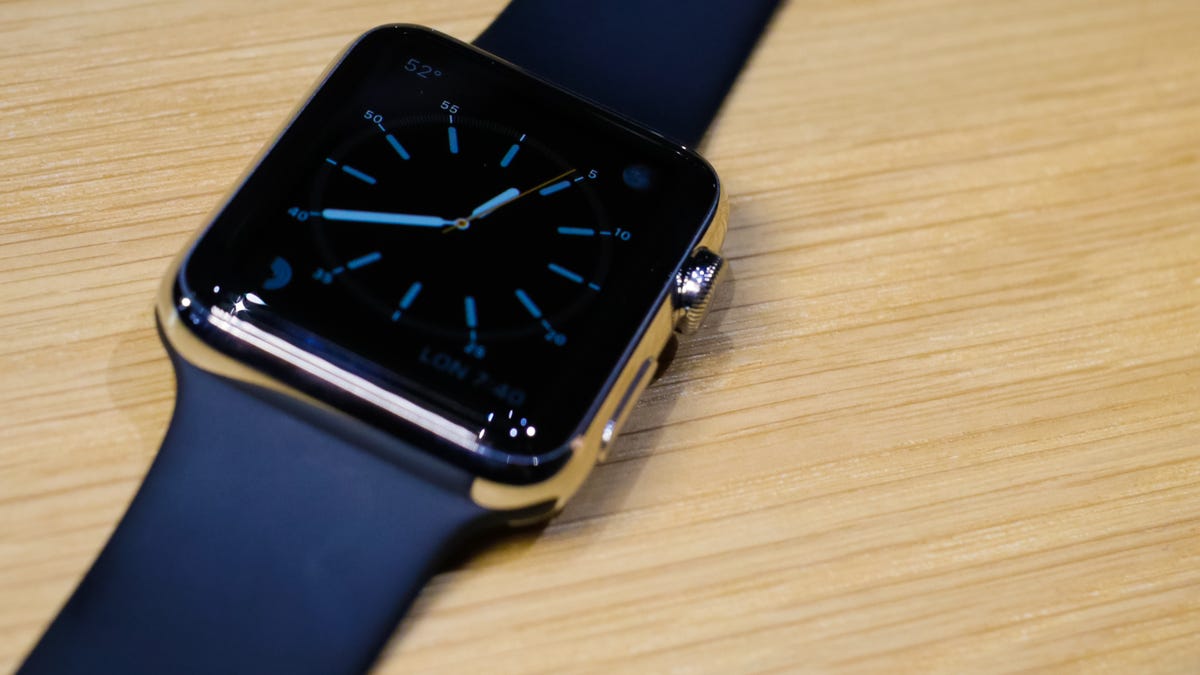
James Martin/CNET
Sometimes it seems like smartphones can’t bring any new or notable innovations to the table. For the iPhone, a big design change and lots of improvements hit last fall, and — if Apple stays true to form — we’ll see an “S” update this year that means a more sedate list of internal changes and a nearly unchanged exterior.
But the seeds of change already seem to be planted: in the newest MacBooks and the Apple Watch , Apple may have already tipped its hat to some new ideas and features that could be perfect fits on a new iPhone.
Could the iPhone 6S (and 6S Plus) get all of these, or just a couple? Would Apple leave some until next year’s presumably redesigned iPhone 7? Either way, I wouldn’t be surprised to see them sooner or later; to me, they make a lot of sense. Except for the possibility of solid-gold iPhones, I’d like to see all of them.


Apple
USB-C
The one little do-it-all port promises to give the new Retina Display 12-inch MacBook a single one-port way to charge, output video, and transfer data. Indeed, this wonder cable is looking to replace power cords, HDMI, VGA, DisplayPort, and USB connectors on PCs and mobile devices across the board in the next few years. On an iPhone, it would allow a more universal connector than Apple’s proprietary Lightning connector, while still maintaining its reversibility and speed. Separately-sold accessories already turn the Lightning port into a video-out conduit, but USB-C would seem to offer a lot more upside — and, finally, a single standard cable for the entire industry.


Apple
Magnetic/inductive charging
The Apple Watch is the company’s first product to use wireless charging, thanks to a snap-on magnetic inductive charger. This sounds like it would be a different take on iPhone charging than USB-C, but could there be a chance that an iPhone would allow a physical cable for syncing/charging/video output, while inductive would be there for accessories and easier bedtime charging? I wouldn’t want purely inductive charging on the next iPhone if it meant slower charge times. Maybe the two could co-exist.


Sarah Tew / CNET
Force Touch and the “Taptic engine”
The newest MacBook Pro, the upcoming MacBook, and the Apple Watch all feature force touch, a force-sensitive way of pressing down to click two or even three times into a virtual button or timeline. On the new MacBooks (and updated MacBook Pros), the trackpad is force-sensitive. On the Apple Watch, it’s the display itself. The iPhone could take the Apple Watch path, gaining an extra pressure-based dimension to touch for apps and virtual remotes. With limited screen real estate, it could be a killer new dimension. The extra haptic range of the “taptic engine” on the Apple Watch could allow for more subtle silent notifications, too.


James Martin/CNET
An OLED display
Most of the best smartphones use OLED displays, which provide incredible black levels, superior contrast and very vivid colors. Apple’s own Retina displays — which are LED backlit LCD panels — are already excellent and have great color accuracy, but the Apple Watch’s move to OLED might hint that the iPhone could make a move in that direction, too.
Sapphire crystal
Rumors of a sapphire iPhone display that would be more scratch and shatter-resistant had been floating around since last year. The Apple Watch’s step-up models feature sapphire, while the entry-level Apple Watch Sport uses Ion-X glass similar to Gorilla Glass. If iPhones get sapphire displays, maybe it could mean a step-up premium model, too.


James Martin/CNET
Ultra-luxury options?
While we’re at it, could the next iPhone get a special real gold “edition”? Or newly designed cases that aim for the craftsmanship of the Apple Watch bands? Apple’s heading into a different type of fashion-conscious territory. There are already gold-colored iPhones…maybe more premium metals like stainless steel could be another step.



